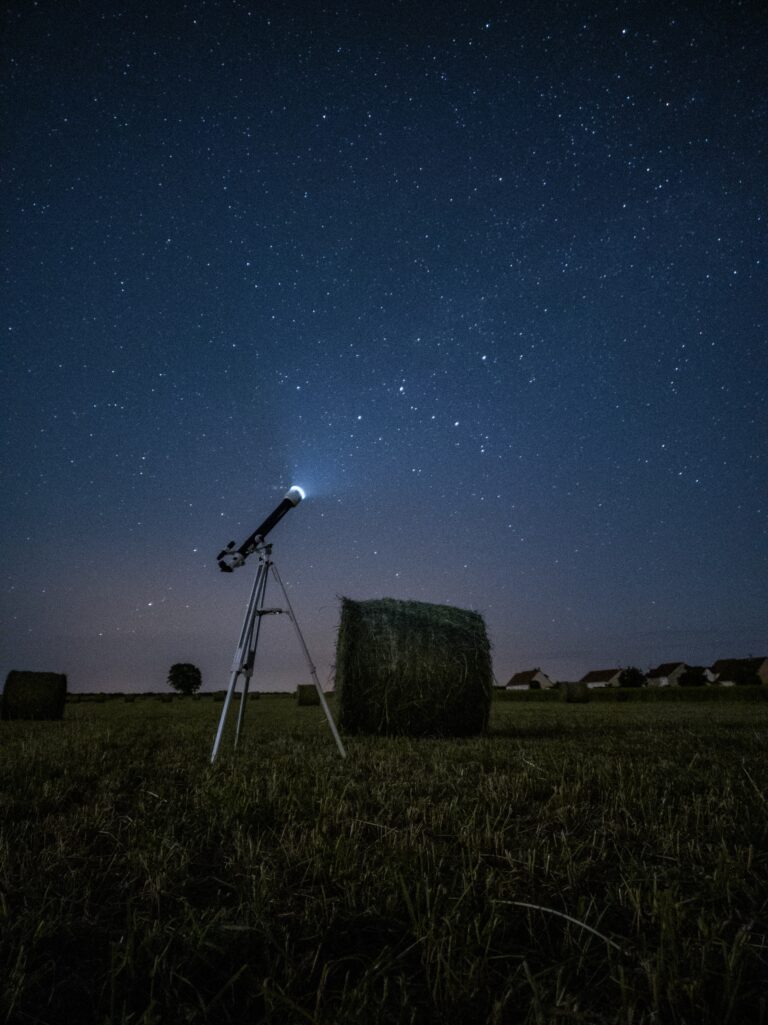“Astronomy compels the soul to look upward, and leads us from this world to another” ~Plato, Philosopher
Have you ever looked up at the sky on a clear night and been captivated by what you see? If you were at all drawn in, then join in on the celebration of Astronomy Day this 29th of April. This day allows us the opportunity to celebrate the skies beyond our world and the celestial bodies within them. According to the Astronomical League, Astronomy Day is a grassroots movement designed to share the joy of astronomy with the general population. This day was born in California in 1973 by Doug Berger, president of the Astronomical Association of Northern California. His goal was to make astronomical viewing more accessible for the average person by having everyday places of life such as shopping centers and parks offer observatory set-ups with portable telescopes. The success of this day sparked an interest in many to continue their own pursuit of astronomical knowledge or experiences.
Fifty years later, the day is celebrated both in the spring and in the fall. It is a national American event, taking place at local sites all over the country. Over the years, other countries including England, Canada, New Zealand, Finland, Sweden, the Philippines, Argentina, Malaysia, Iran, Ireland, New Guinea have adopted the day to hold events as well. Click here to locate the nearest event or to list your events go to the Astronomy Day web page and click on the appropriate links.
Why Learning About Astronomy is Fun
Not only is astronomy visually appealing, especially with a good telescope, but the seemingly endless list of fun facts about astronomy and space make it easy to stay amazed. Here are just a few fun facts from National Geographic about space that kids and adults alike will love.
- One million earths could fit inside of the sun
- If you could fly a plane to Pluto, the trip would take more than 800 years
- An asteroid about the size of a car enters Earth’s atmosphere roughly once a year – but it burns up before it reaches us. Phew!
- There are more stars in the universe than grains of sand on all the beaches on Earth. That’s at least a billion trillion
- The sunset on Mars appears blue
Astronomy: Calling all Engineers!
Astronomy can simply be a fun activity to partake in as a hobby. But it can also be an inspiration for future engineers. There are so many types of engineers that are needed for astronomical exploration.
For example, aerospace engineers design, test, and supervise the manufacture of aircraft, spacecraft, and missiles. In addition, they develop new technologies for use in aviation, defense systems, and space exploration. Because of the sophistication of today’s aircraft, rockets, and spacecraft, it takes a team of engineers from many different disciplines to build these vehicles. For example, a mechanical engineer might design the engine, an electrical engineer will help oversee the power behind the mechanisms and switches of the ship, a civil engineer would design the structure, and a computer engineer would develop the flight control computer. In reality, all these disciplines will contribute to the whole process. You can learn more about many of these engineering disciplines right here on TryEngineering.
Looking for more resources to inspire pre-university students to become engineers that contribute to the study of astronomy? Check out this TryEngineering lesson Water Rocket Launch, where students build and launch a rocket made from a soda bottle. Or let your students be inspired by this TryEngineering article, Florida High Schoolers Win Major NASA Award for Rover Design.



